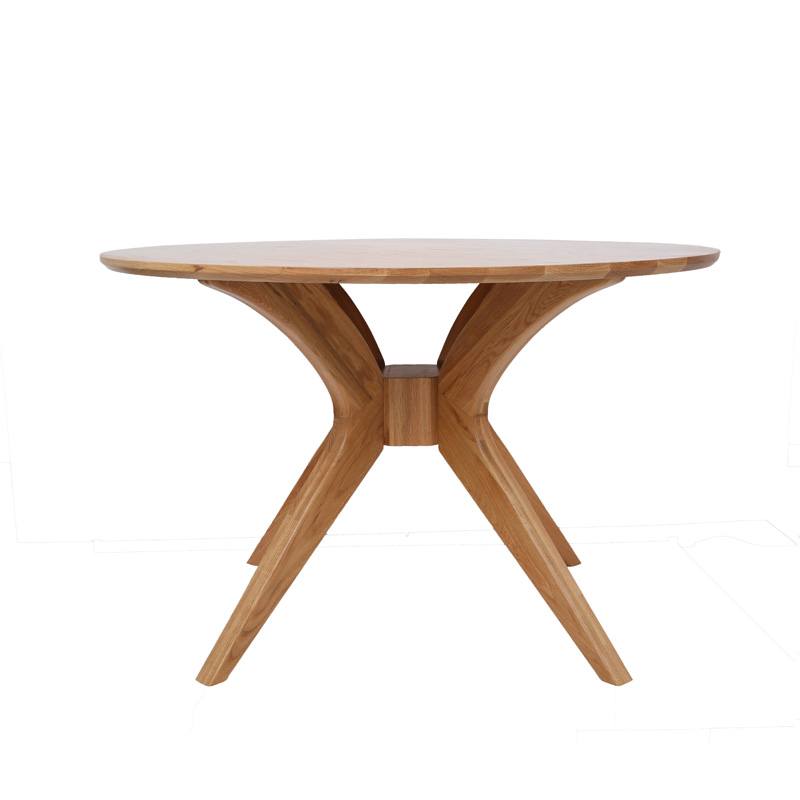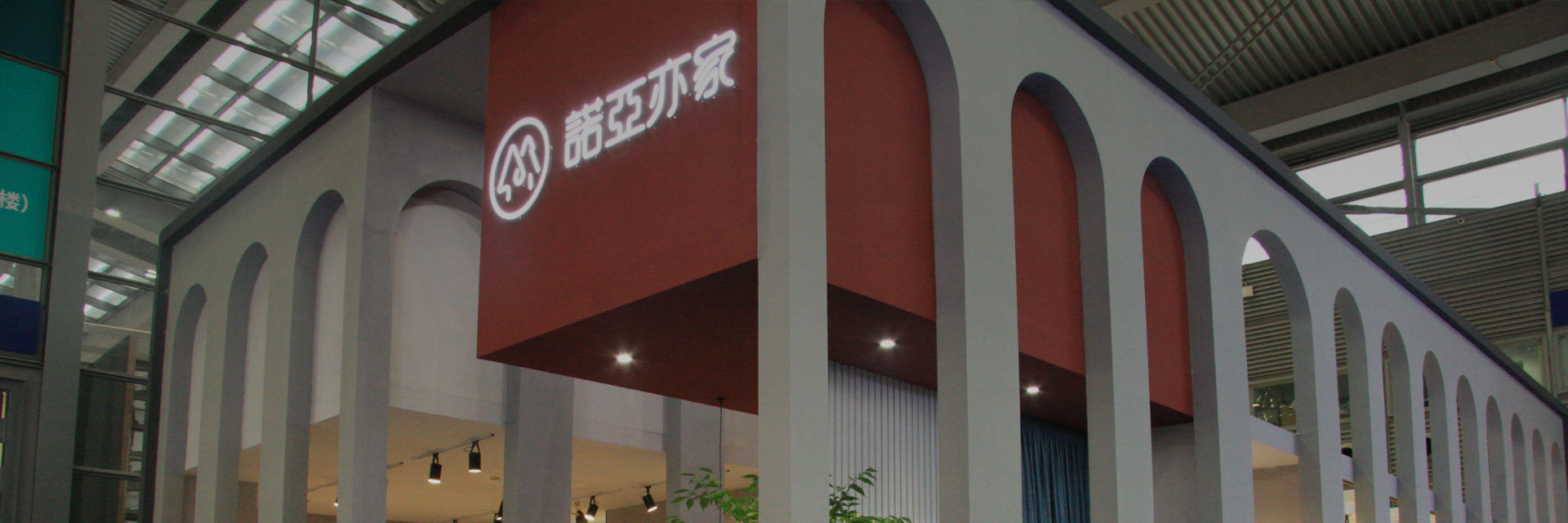Solid wood tables have consistently remained a symbol of durability, craftsmanship, and aesthetic elegance in interior design. Unlike engineered wood or MDF, solid wood tables are crafted entirely from natural timber, offering unparalleled strength and longevity. These tables are not merely functional; they reflect an investment in quality furniture that evolves with home décor trends. Modern homeowners increasingly prefer solid wood furniture due to its ability to combine classic appeal with contemporary versatility, providing a sustainable solution for daily living.

In addition to aesthetics, solid wood tables provide practical benefits. Their structural integrity allows them to withstand daily wear and tear, making them suitable for dining rooms, offices, or living areas. Moreover, solid wood naturally adjusts to indoor humidity, offering a unique tactile and visual experience. As consumers become more eco-conscious, the preference for natural materials and sustainable furniture solutions continues to grow, positioning solid wood tables as a key choice in high-quality home furnishings.
Key Product Parameters of Solid Wood Tables
|
Feature
|
Description
|
|
Material
|
100% natural hardwood (oak, walnut, maple, cherry)
|
|
Finish
|
Hand-sanded with non-toxic, eco-friendly coatings
|
|
Dimensions
|
Standard sizes: 120–240 cm length × 70–100 cm width × 75 cm height
|
|
Weight
|
35–70 kg depending on size and wood type
|
|
Joinery Technique
|
Mortise and tenon, dovetail joints for enhanced durability
|
|
Load Capacity
|
150–250 kg, suitable for dining, work, and decorative use
|
|
Maintenance
|
Requires periodic polishing with wood-friendly oils
|
|
Design Options
|
Rustic, modern minimalist, industrial, and traditional
|
Solid wood tables are crafted using high-grade hardwoods such as oak, walnut, maple, or cherry. Each wood type offers unique grain patterns and natural color variations, ensuring that no two tables are exactly alike. The finishes applied are eco-friendly and non-toxic, emphasizing sustainability without compromising durability. The joinery methods, including mortise and tenon and dovetail joints, enhance structural strength while maintaining a clean, polished appearance.
Why Should Consumers Prioritize Solid Wood Tables Over Alternative Materials?
Durability and Longevity
One of the foremost advantages of solid wood tables is their longevity. Unlike particleboard or MDF, which can degrade over a few years, a well-maintained solid wood table can last decades or even generations. The natural density of hardwood contributes to superior resistance against dents, scratches, and warping. This ensures that the table not only remains functional but retains its aesthetic appeal over time.
Aesthetic Versatility
Solid wood tables naturally enhance the décor of any room. Their unique grain and texture make each piece a statement in interior design, seamlessly blending with modern, rustic, or traditional styles. As design trends evolve, these tables can be refinished, stained, or customized to adapt to changing tastes, making them a flexible investment.
Sustainability and Eco-Friendliness
In a world increasingly focused on eco-conscious living, solid wood furniture stands out as a sustainable choice. Ethically sourced timber ensures minimal environmental impact, and the longevity of the product reduces the frequency of replacements. Many solid wood tables also utilize non-toxic finishes and coatings, contributing to a healthier indoor environment.
Ease of Maintenance
While solid wood tables require periodic polishing and careful cleaning, they are generally easier to maintain than laminated or veneer alternatives, which can peel or delaminate over time. The natural hardness of the wood resists minor damage and allows simple restoration if scratches or stains occur.
How to Select the Ideal Solid Wood Table for Different Spaces?
Choosing the right solid wood table requires a balance of functional needs, spatial constraints, and aesthetic preferences. Homeowners should consider:
-
Purpose of the Table
Determine whether the table will be used primarily for dining, work, or display. Dining tables often require larger surface areas and load capacity, while accent tables may prioritize design and texture.
-
Wood Type Selection
Different hardwoods offer varying hardness, grain patterns, and colors. Oak provides durability with classic light tones, walnut is prized for its rich, dark hue, maple offers subtle uniformity, and cherry exhibits natural reddish undertones over time.
-
Size and Dimensions
Measure the available space carefully, allowing for comfortable movement around the table. Standard dining tables range from 120 cm to 240 cm in length, and 75 cm in height, accommodating 4–10 people depending on size.
-
Finish and Protection
Choose finishes that protect against moisture, heat, and staining. Non-toxic, eco-friendly coatings preserve the natural beauty while enhancing durability.
-
Design Style Compatibility
Ensure the table complements the existing décor. Minimalist, industrial, or traditional designs offer different visual impacts, from bold statement pieces to subtle functional elements.
-
Maintenance Considerations
Consider your willingness to maintain the table. Regular oiling or polishing may be necessary to preserve appearance, particularly in homes with high humidity or frequent use.
Common FAQs About Solid Wood Tables
Q: How can I prevent my solid wood table from cracking or warping over time?
A: Solid wood reacts to changes in humidity. To prevent cracking or warping, maintain consistent indoor humidity levels, avoid placing the table near direct heat sources, and use coasters or mats to protect against spills.
Q: Can solid wood tables be refinished if scratched or stained?
A: Yes, one of the advantages of solid wood is its ability to be refinished. Light sanding and reapplication of a compatible finish or wood oil can restore the table to its original look, extending its lifespan.
Future Trends and Innovations in Solid Wood Table Design
Integration of Smart Features
Modern solid wood tables are increasingly incorporating smart technology, including wireless charging pads, integrated LED lighting, and modular storage solutions. These additions enhance functionality without compromising the natural elegance of solid wood.
Customization and Personalization
Consumer demand is shifting toward personalized furniture. Many manufacturers now offer bespoke options for wood type, size, finish, and design, allowing homeowners to align their table with individual preferences and spatial requirements.
Eco-Conscious Production Practices
Sustainability continues to be a major driver in furniture manufacturing. Leading brands are adopting FSC-certified timber, water-based finishes, and eco-friendly packaging. This approach resonates with environmentally conscious buyers seeking long-term, responsible investments.
Longevity as a Design Principle
The longevity of solid wood tables reinforces their value proposition. Future trends focus on creating heirloom-quality pieces with durable joinery, refined finishes, and timeless design. This ensures that solid wood tables remain relevant across decades, combining heritage craftsmanship with modern functionality.
Solid wood tables from Sinoah exemplify this philosophy, combining natural elegance with durable construction. Each piece is carefully crafted to balance beauty, functionality, and environmental responsibility. For those seeking premium, lasting furniture solutions, Sinoah’s solid wood tables offer both practical and aesthetic excellence. For inquiries or detailed specifications, contact us today to explore the full collection.



 News
News
